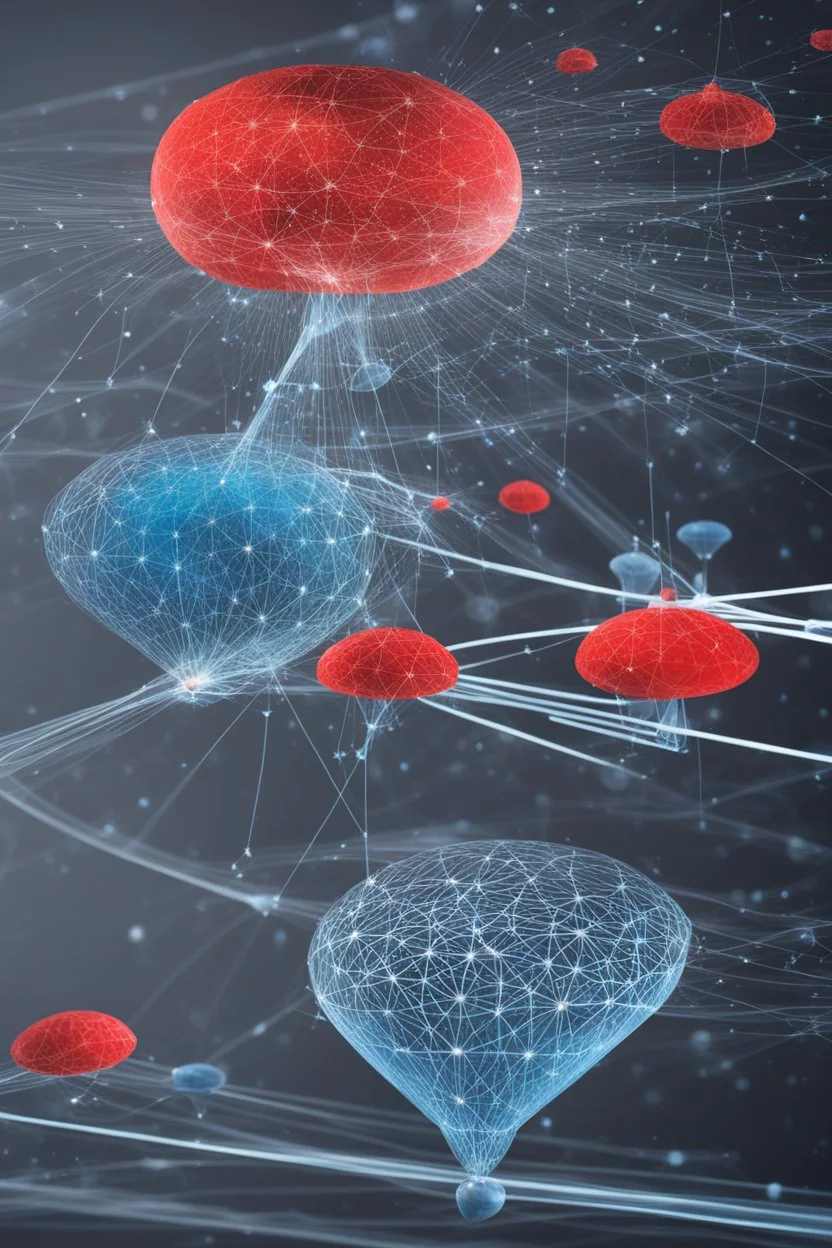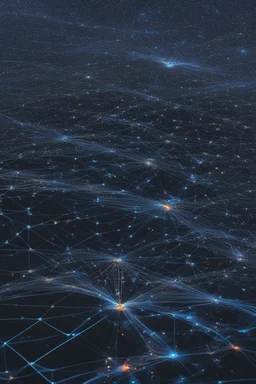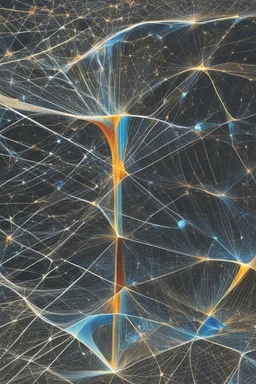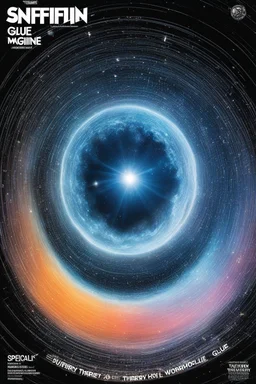

@generalpha
Prompt
Spurious correlations can occur in machine learning when the data collection process is influenced by uncontrolled confounding biases. These biases introduce unintended relationships into the data, which can hinder the accuracy and generalization of learned models. To overcome this issue, a proposed approach involves learning representations that are invariant to causal factors across multiple datasets with different biases. By focusing on the underlying causal mechanisms rather than superficial
doubles, twins, entangled fingers, Worst Quality, ugly, ugly face, watermarks, undetailed, unrealistic, double limbs, worst hands, worst body, Disfigured, double, twin, dialog, book, multiple fingers, deformed, deformity, ugliness, poorly drawn face, extra_limb, extra limbs, bad hands, wrong hands, poorly drawn hands, messy drawing, cropped head, bad anatomy, lowres, extra digit, fewer digit, worst quality, low quality, jpeg artifacts, watermark, missing fingers, cropped, poorly drawn
2 years ago
Model
SSD-1B
Guidance Scale
7
Dimensions
832 × 1248

![[mahematics] In the context of universal approximation, two approaches can achieve similar results but with different parameter requirements. The overall system comprises data, architecture, and a loss function, interconnected by a learning procedure. Responsibilities within the system include acknowledging noisy or biased data, addressing the need for a large number of parameters in the architecture, and overcoming the principal-agent problem in the choice of the loss function.](https://img.stablecog.com/insecure/256w/aHR0cHM6Ly9iLnN0YWJsZWNvZy5jb20vZDJmYjgwZDgtMTQxZC00MmZiLTkwZTktODZmNWRkMzMyYjI2LmpwZWc.webp)
![[Tilt-Shift Photography] The circuit board swam into soft focus through the lens, minute details piercing the blurred foreground and background. Golden traces connected components in miniature precision, fibers stretching taut as fairy-line across the substrate. Silicon chips clustered in pleasing arrangement, circuit diagrams etched upon them in intricate patterns too fine for the eye. Mushrooms colonized arrays with pin-prick precision, capped polypores blurring sockets packed with solder ball](https://img.stablecog.com/insecure/256w/aHR0cHM6Ly9iLnN0YWJsZWNvZy5jb20vYzg5Y2U5NTktZTEyYi00YzdmLTgwNDctZDg2ZGViNDI4MWI1LmpwZWc.webp)
![[replicant] a blonde 40yo woman stands before a sleek, humanoid robot in her bedroom. She gazes at the soft and warm machine with a mixture of curiosity and longing, her heart pounding in anticipation of what is to come.With a hesitant but determined step, she reaches out and touches the robot's cold, smooth surface.](https://img.stablecog.com/insecure/256w/aHR0cHM6Ly9iLnN0YWJsZWNvZy5jb20vMTI4ZjIwYjYtYjZhNC00MjQ3LWI5MGQtMmE2NTA1NzBhNDFiLmpwZWc.webp)

![[Tilt-Shift Photography] The circuit board swam into soft focus through the lens, minute details piercing the blurred foreground and background. Golden traces connected components in miniature precision, fibers stretching taut as fairy-line across the substrate. Silicon chips clustered in pleasing arrangement, circuit diagrams etched upon them in intricate patterns too fine for the eye. Mushrooms colonized arrays with pin-prick precision, capped polypores blurring sockets packed with solder ball](https://img.stablecog.com/insecure/256w/aHR0cHM6Ly9iLnN0YWJsZWNvZy5jb20vMWM5ODQ1MjEtMjVjNi00OWZmLWExNmUtODcyYzcxZjQ3YWExLmpwZWc.webp)

![[Tilt-Shift Photography] The circuit board swam into soft focus through the lens, minute details piercing the blurred foreground and background. Golden traces connected components in miniature precision, fibers stretching taut as fairy-line across the substrate. Silicon chips clustered in pleasing arrangement, circuit diagrams etched upon them in intricate patterns too fine for the eye. Mushrooms colonized arrays with pin-prick precision, capped polypores blurring sockets packed with solder ball](https://img.stablecog.com/insecure/256w/aHR0cHM6Ly9iLnN0YWJsZWNvZy5jb20vMGEzODZmYTAtYzg5NC00MTZhLTgzMmUtYWQyYTI3MDUyNGNiLmpwZWc.webp)



![an image with mathematical surfaces in the background, is warm colours, and on the foreground stochastic trajectories in yellow, with a blinking point at their extremes, maths formula in foreground with a bokeh effect [new tools and workflows for optimal execution]](https://img.stablecog.com/insecure/256w/aHR0cHM6Ly9iLnN0YWJsZWNvZy5jb20vZDNhNzMwMjYtMWMzZi00ZDRmLTgwNDMtNTQ3MmRjMGVhYWIzLmpwZWc.webp)